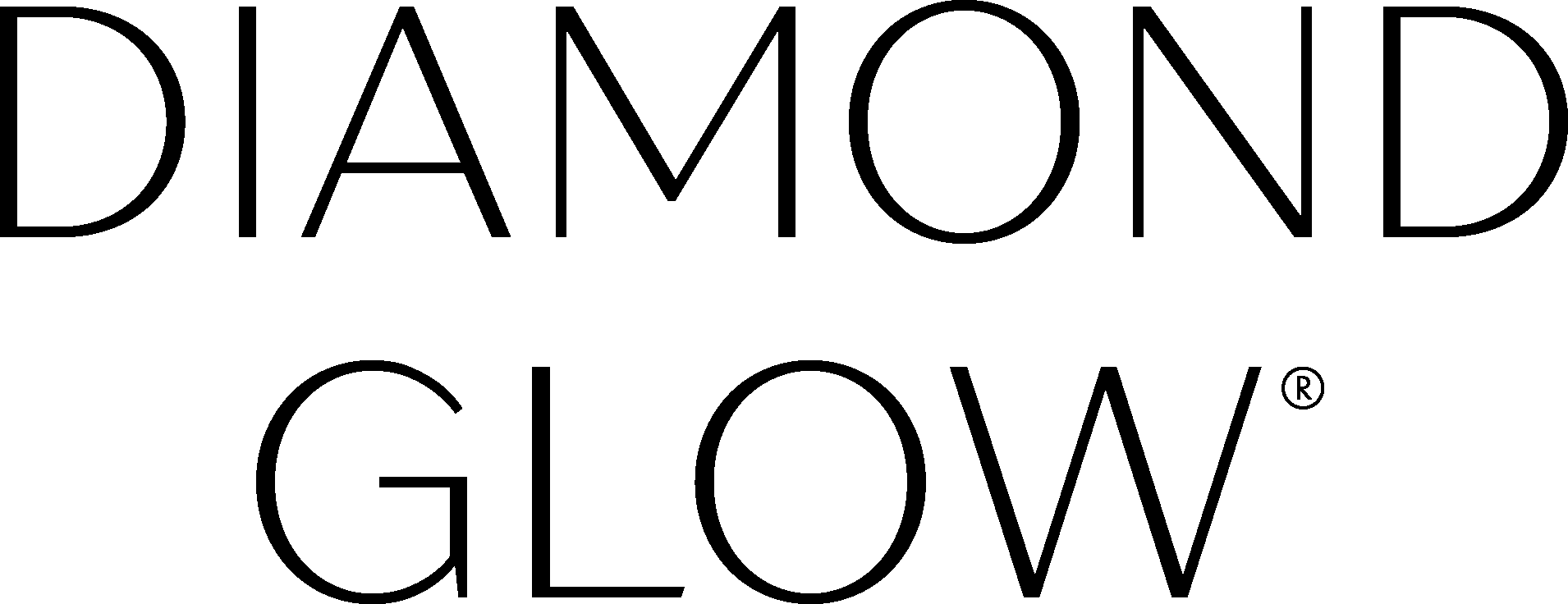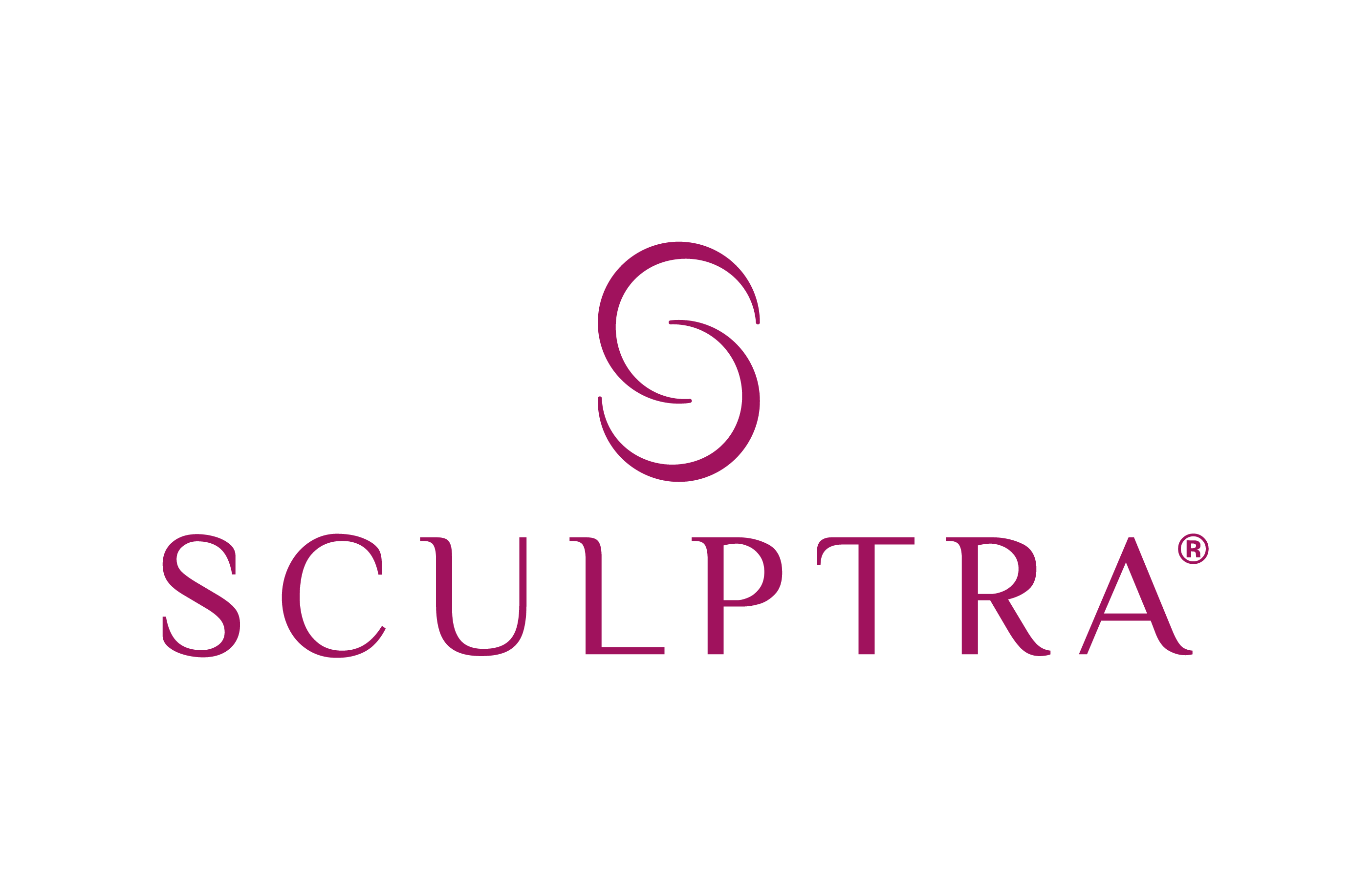Are you starting to notice signs of premature aging? Maybe you think you’re doing your best to take care of your skin, so you’re lost as to what could be causing those spots or wrinkles. The truth is that the answer is probably right in front of your face every time you leave the house: the sun. In fact, one of the other terms for “premature aging” is “sun damage”. That’s how common it is. But don’t panic – you may not be stuck with the damage that you’re seeing. Take a look at what you need to know about sun damage and premature aging.
WHY DOES SUN DAMAGE YOUR SKIN?
Picture a person – yourself, someone you know, or an imaginary person – looking as healthy as they possibly can. Depending on your age and where you grew up or live now, one of the things that you might be picturing is perfectly tanned skin. It’s not at all uncommon to think of a certain level of tan as being indicative of attractiveness and good health. But the reality is that unless that tan comes out of a bottle, it’s more likely a sign of skin damage.
Both sun exposure and exposure to tanning beds subject your skin to UV rays. There are two types of UV rays, UVA and UVB. Both penetrate layers of your skin, though UVA rays penetrate more deeply. UVB rays trigger sunburns, and UVA rays trigger sagging, wrinkles, and sunspots – and both can lead to skin cancer. UVA rays can even penetrate the skin through layers of clouds or window glass. That means that it can be responsible for a lot of skin damage. Even if you don’t see it yet, you may already have microscopic damage to your skin.
PROTECTING YOURSELF FROM THE SUN
The best way to deal with sun damage is to avoid exposing yourself to UV rays in the first place. Choose a sunscreen that protects against both UVA and UVB rays and wear it every single day, no exceptions. Tanning is never recommended by dermatologists – no matter how you think it looks, it is really an early outward sign of damage to your skin and is best avoided. If you really must have a tan, choose a self-tanner that you like and that doesn’t irritate your skin and go with that.
If you’re going to swim or spend time at the beach, or if you have to be outdoors for some other reason, don’t forget that you need to reapply sunscreen every two hours, after sweating, and after getting wet in order for it to remain effective. And sunscreen alone may still not be enough. It can help to wear UV protective clothing, wide-brimmed hats, and sunglasses, and you may also want to sit under something that provides shade, like a gazebo ceiling or an umbrella, if it’s available.
AFTER SUN DAMAGE
But what if you’ve already damaged your skin? Or what if you forget your hat or lose your sunscreen one day? Sun damage is not irreversible – there are treatments that you can use on your skin that will help you restore it to good health.
- Vitamin C – Vitamin C is a great product for sun-damaged skin. It’s an antioxidant that accelerates the production of collagen and elastin, which are two substances that keep your skin healthy and firm. It works slowly, so you’ll need to use a Vitamin C product for a few weeks to see results – don’t be impatient.
- Retinol – You can find retinol in any number of anti-aging skin care products, and for good reason. Like Vitamin C, it speeds up collagen and elastin production. It also re-texturizes skin and addresses blotchiness and uneven skin tones. There are both dermatologist-prescribed retinols and over-the-counter retinols. You’ll see faster and more effective results from the prescription retinols, but if you have sensitive skin, you may want to stick with the over-the-counter variety, as they’re less likely to cause skin irritation.
- Chemical Peels – If you’ve never had one before, then yes, a chemical peel might sound kind of scary. But the purpose of a chemical peel is to speed up the process of skin cell turnover, renewing your skin. If you have sun-damaged skin cells, getting rid of them ASAP can only help. You can have a chemical peel done in a dermatologist’s office or at home. If you choose an at-home chemical peel, make sure to test it on a patch of skin before applying it all over your face, to make sure it doesn’t cause a bad reaction.
- Dermaplaning – Dermaplaning is a direct route to removing damaged skin cells. It involves using an exfoliating blade to simply remove the top layers of your skin. It may be combined with a chemical peel. Using a blade on your face may sound frightening, but there’s actually little risk as long as the procedure is performed by a skilled dermatologist, and many people can fit it in on their lunch breaks. There’s virtually no recovery time needed.
- Dermabrasion – Another option is dermabrasion, which is like an extreme exfoliating technique. A dermatologist will use a rotating tool to resurface the skin on your face and remove the outer layer of skin, promoting new skin growth that is smoother and more even than the old skin. It can be used for everything from fine wrinkles and sunspots to acne scars to precancerous growths.
Keep in mind that some of these techniques, including dermabrasion and some chemical peels, leave the skin more sensitive to the sun than it was before the treatment, and this can last for several weeks. That means that it might be a good idea to wait until the end of the summer season to book one, as it’s likely that you’ll be exposed to the sun on a fairly regular basis until the season is over. Do continue to protect yourself from the sun as much as you can during the season, however.
PREVENT PREMATURE AGING
If you’re looking for products that can help improve the look and feel of your skin after sun exposure or protect you from the sun in the first place, the Iconic Skin Clinic can help.









